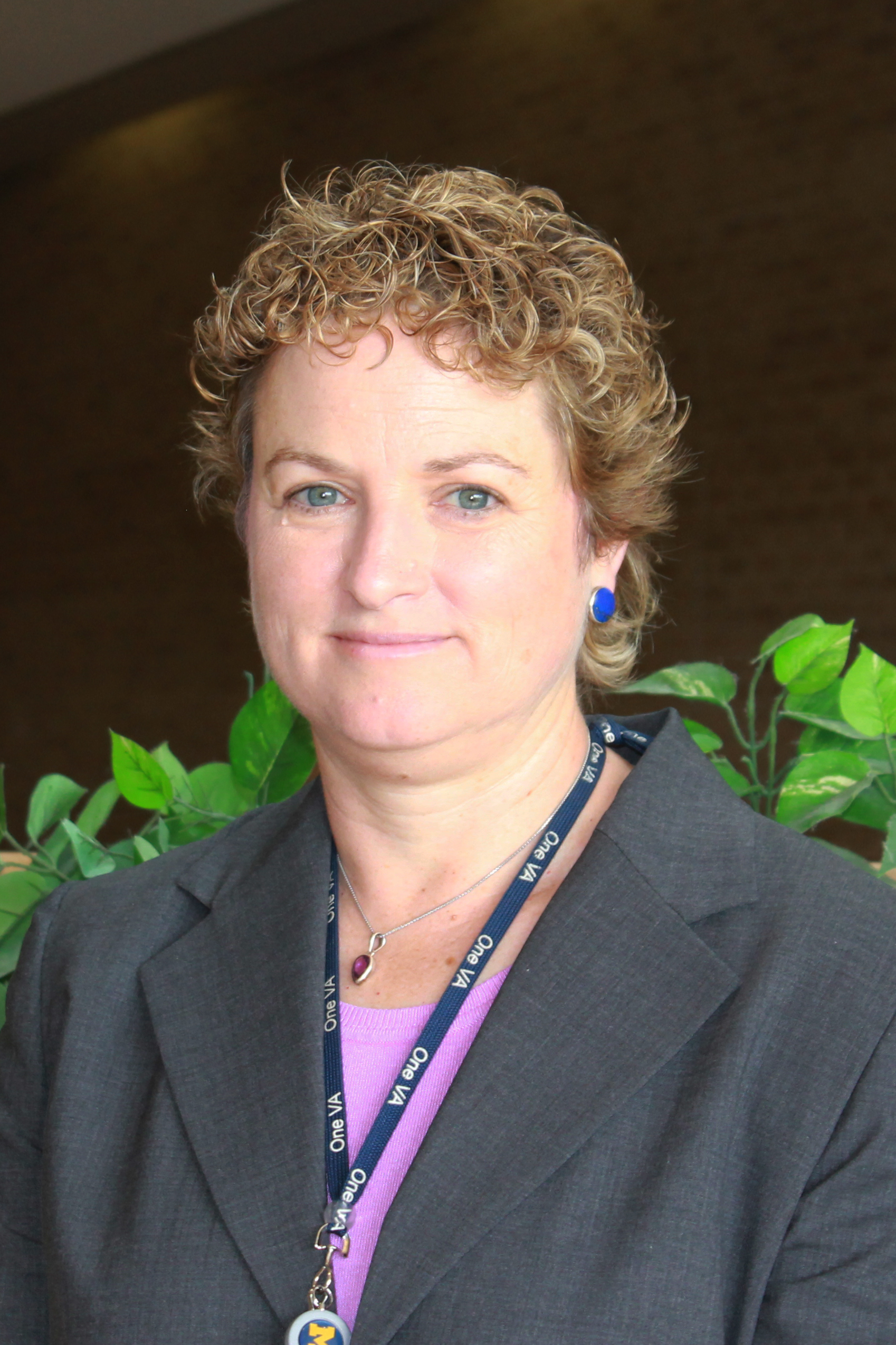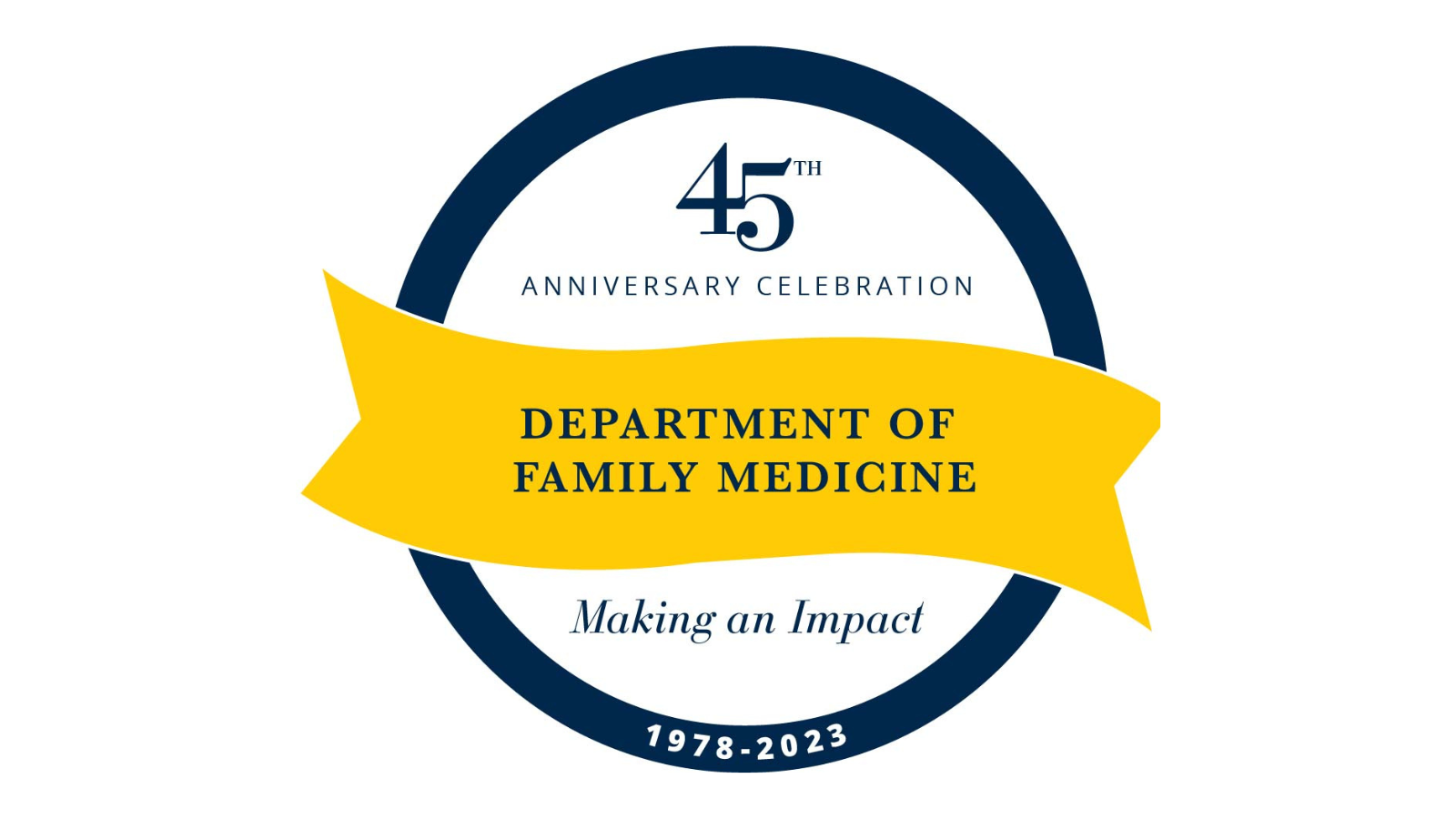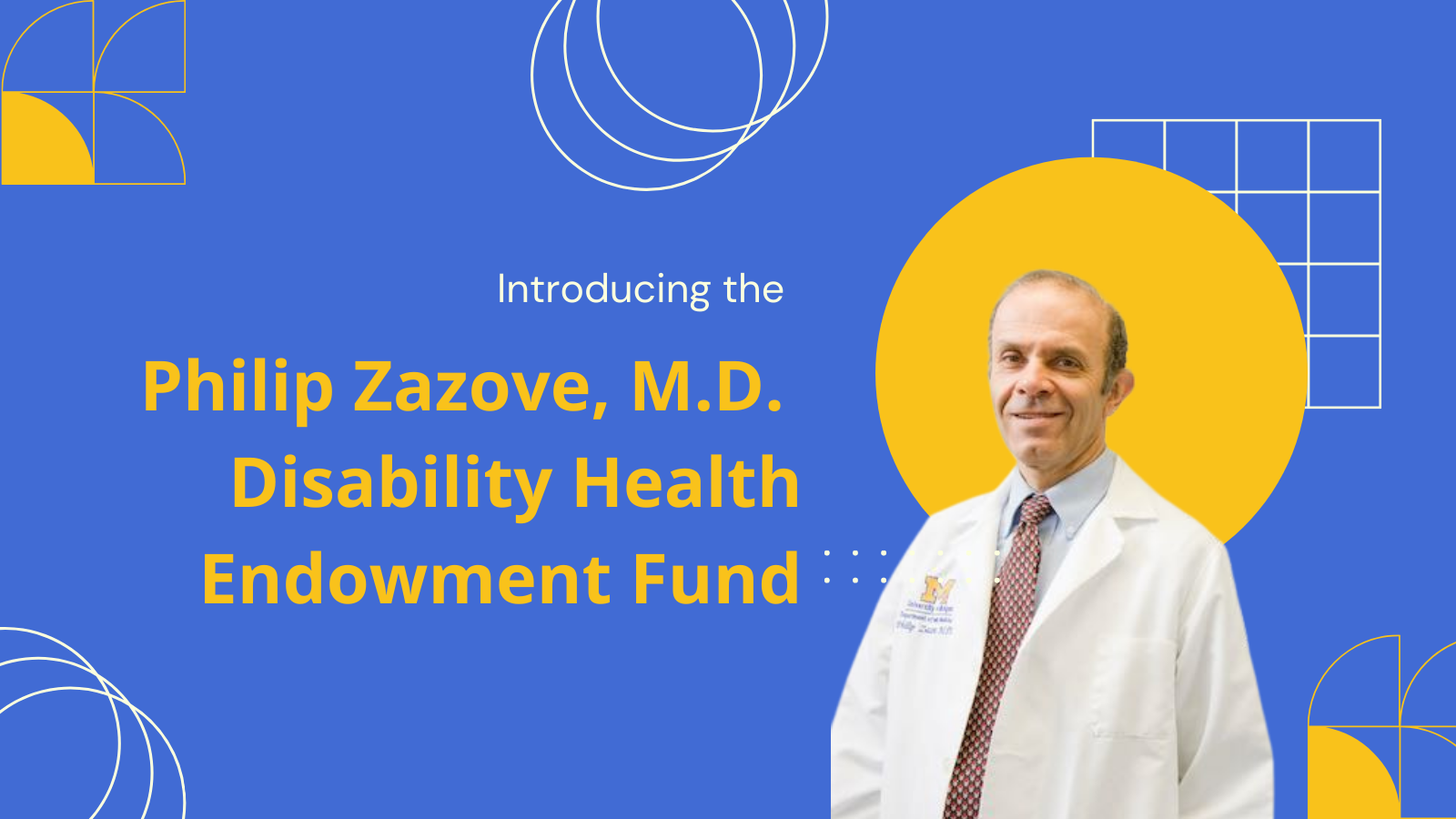Adults with spinal cord injury (SCI) are at a substantial risk for type 2 diabetes. If left untreated, type 2 diabetes can lead to serious complications, such as heart disease, nerve damage, blindness, kidney damage and amputations, among other health complications.
Thanks to a new two-year, $200,000 award from the Neilsen Foundation, members of the Department of Family Medicine and Physical Medicine & Rehabilitation (PM&R) at the University of Michigan will conduct a study to evaluate two different continuous glucose monitoring (CGM) devices for perceived comfort and usability by people with SCI.
The study will be led by Michael M. McKee, MD, MPH, associate professor of Family Medicine and PM&R. Fellow investigators include Caroline Richardson, M.D., the Dr. Max & Buena Lichter Research Professor of Family Medicine; Michelle Meade, Ph.D., professor of PM&R and Family Medicine; Gianna Rodriguez, M.D., associate professor of PM&R; Mark Peterson, Ph.D., associate professor of PM&R; Melissa DeJonckheere, Ph.D., assistant professor of Family Medicine; Research Associate Reema Kadri of Family Medicine and Research Coordinator Spring Stonebraker of Family Medicine.
Adults with SCI are at a 66% higher risk of developing type 2 diabetes than those without SCI, according to the investigators. The study will encourage participants to record their personal information about diet and exercise. It will also determine if using a continuous glucose monitoring (CGM) device impacts self-management and health outcomes among adults with prediabetes and SCI.
Nearly 2 million people with diabetes wear CGM monitors today, twice the number in 2019, according to the investment firm Baird. CGMs are sensors worn on the upper arm or the abdomen to continuously monitor a person’s blood sugar without the need to prick their finger to test their blood sugar. CGMs also offer the ability for individuals to receive real time information about the impact of their health choices, which in turn can influence their psychological and physical health outcomes.
While individuals with prediabetes are encouraged to eat a healthy diet and increase their exercise to improve their health, few, if any, diabetes prevention programs or management protocols are tailored to the unique challenges, strengths and needs of adults with SCI, according to the U-M researchers. Traditional diabetes self-monitoring practices involve finger sticks, which may be difficult for individuals with SCI to perform.
Fifteen adults with both prediabetes and SCI will be recruited to participate in a three-phase, six month study. Participants will evaluate two different CGM devices for comfort and ability to use independently in phase 1.
In phase 2, participants will receive training on how to use the CGM to monitor not only blood glucose levels, but also to help track relationships between blood glucose levels, diet, physical activity, and overall wellbeing.
Afterwards, participants will be instructed to continue in CGM-enhanced self-monitoring for six weeks. In phase 3, participants will engage in additional assessments – after six weeks of self-monitoring and again four months later.
Patient recruitment is expected to occur towards the end of November. Study results will be used to inform the development of future studies as well as clinical protocols to improve the prevention and treatment of type 2 diabetes among adults with SCI.





